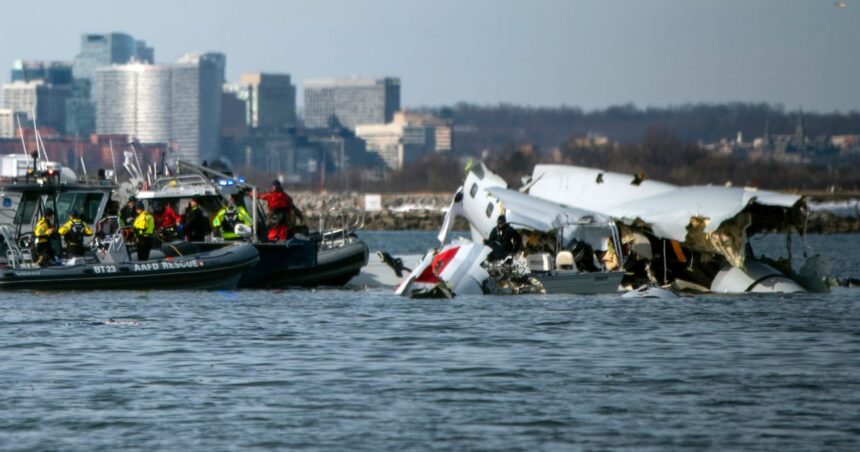The recovery efforts following the tragic collision between an American Airlines plane and an Army helicopter near Ronald Reagan National Airport have been ongoing, with more than 40 bodies recovered from the Potomac River. The investigation into the incident is still underway, with officials analyzing the actions of the military pilot and air traffic control.
The cockpit voice recorder and flight data recorder of the American Airlines plane have been recovered, providing crucial information for investigators. The National Transportation Safety Board Chairwoman has described the situation as an “all-hands-on-deck event.”
The collision resulted in the loss of all individuals on board both aircraft, including 60 passengers, four crew members, and three soldiers. The tragedy has prompted the Federal Aviation Administration to restrict helicopter traffic in the vicinity of Reagan National Airport to prevent similar incidents in the future.
As authorities continue to search for answers, questions surrounding the actions of the air traffic controller and the military pilot have emerged. The FAA report revealed that the staffing configuration at the control tower was not typical for the time and traffic volume. The investigation will also focus on factors such as altitude, night vision goggles usage, and flight data to determine the cause of the crash.
President Donald Trump has weighed in on the incident, questioning the actions of the U.S. Army helicopter pilot involved in the collision. Flights at Reagan National have since resumed, but the tragedy has raised concerns about the challenges of navigating the airspace around the airport, which is known for its congestion and restricted areas.
While air travel is generally considered safe, the recent crash serves as a reminder of the risks involved in aviation. The last major fatal crash involving a U.S. commercial airline occurred in 2009, highlighting the rarity of such incidents. The investigation into the Reagan National collision is expected to provide valuable insights into improving air safety protocols in the future.








